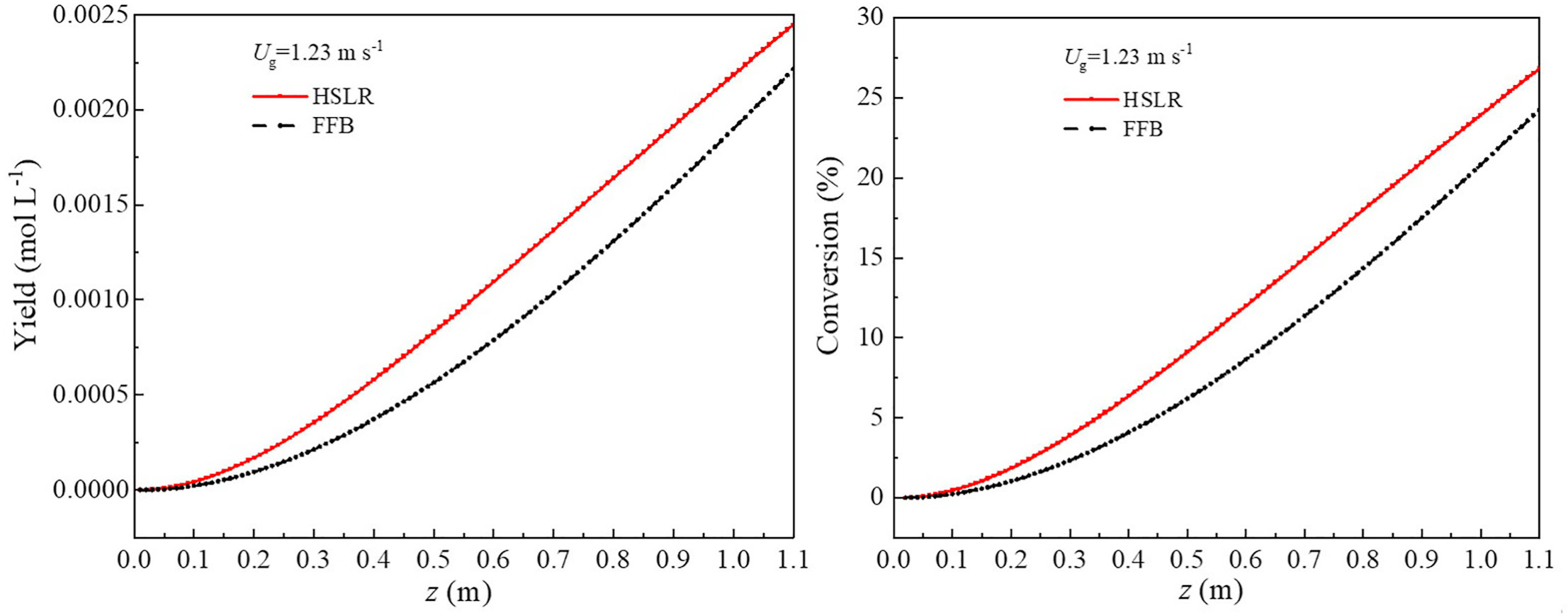- Volumes 96-107 (2025)
-
Volumes 84-95 (2024)
-
Volume 95
Pages 1-392 (December 2024)
-
Volume 94
Pages 1-400 (November 2024)
-
Volume 93
Pages 1-376 (October 2024)
-
Volume 92
Pages 1-316 (September 2024)
-
Volume 91
Pages 1-378 (August 2024)
-
Volume 90
Pages 1-580 (July 2024)
-
Volume 89
Pages 1-278 (June 2024)
-
Volume 88
Pages 1-350 (May 2024)
-
Volume 87
Pages 1-338 (April 2024)
-
Volume 86
Pages 1-312 (March 2024)
-
Volume 85
Pages 1-334 (February 2024)
-
Volume 84
Pages 1-308 (January 2024)
-
Volume 95
-
Volumes 72-83 (2023)
-
Volume 83
Pages 1-258 (December 2023)
-
Volume 82
Pages 1-204 (November 2023)
-
Volume 81
Pages 1-188 (October 2023)
-
Volume 80
Pages 1-202 (September 2023)
-
Volume 79
Pages 1-172 (August 2023)
-
Volume 78
Pages 1-146 (July 2023)
-
Volume 77
Pages 1-152 (June 2023)
-
Volume 76
Pages 1-176 (May 2023)
-
Volume 75
Pages 1-228 (April 2023)
-
Volume 74
Pages 1-200 (March 2023)
-
Volume 73
Pages 1-138 (February 2023)
-
Volume 72
Pages 1-144 (January 2023)
-
Volume 83
-
Volumes 60-71 (2022)
-
Volume 71
Pages 1-108 (December 2022)
-
Volume 70
Pages 1-106 (November 2022)
-
Volume 69
Pages 1-122 (October 2022)
-
Volume 68
Pages 1-124 (September 2022)
-
Volume 67
Pages 1-102 (August 2022)
-
Volume 66
Pages 1-112 (July 2022)
-
Volume 65
Pages 1-138 (June 2022)
-
Volume 64
Pages 1-186 (May 2022)
-
Volume 63
Pages 1-124 (April 2022)
-
Volume 62
Pages 1-104 (March 2022)
-
Volume 61
Pages 1-120 (February 2022)
-
Volume 60
Pages 1-124 (January 2022)
-
Volume 71
- Volumes 54-59 (2021)
- Volumes 48-53 (2020)
- Volumes 42-47 (2019)
- Volumes 36-41 (2018)
- Volumes 30-35 (2017)
- Volumes 24-29 (2016)
- Volumes 18-23 (2015)
- Volumes 12-17 (2014)
- Volume 11 (2013)
- Volume 10 (2012)
- Volume 9 (2011)
- Volume 8 (2010)
- Volume 7 (2009)
- Volume 6 (2008)
- Volume 5 (2007)
- Volume 4 (2006)
- Volume 3 (2005)
- Volume 2 (2004)
- Volume 1 (2003)
• A high-speed loop reactor (HSLR) for MTO reaction is explored.
• Uniformity of solids distribution and fluidization quality in HSLR and FFB are figured out.
• Both solids backmixing and carryover are lower in HSLR than that in FFB.
• A coupled model is obtained by hydrodynamics in HSLR and lumped reaction kinetics for MTO.
• Yields of light olefins and methanol conversion in HSLR and FFB are predicted.
Methanol to olefins (MTO) plays a crucial role to transform non-oil resources into light olefins. Combined with the kinetics of MTO reaction process, a high-speed loop reactor (HSLR) is explored. The solids hydrodynamics including the uniformity distribution, fluidization quality, backmixing and carryover are systematically analyzed in detail. Moreover, the gas-solid hydrodynamics in the HSLR are coupled with the MTO reaction kinetics, and the methanol conversion and yields of light olefins are both predicted and compared in the HSLR and free fluidized bed (FFB). The results demonstrate that the particles distribute more uniform in the different regions of HSLR than that of FFB and the overall fluidization quality of particles is high in the HSLR. The overall non-uniformity index in the HSLR varies from 0.1 to 0.18 kPa and that in the FFB changes from 0.2 to 0.35 kPa when the superficial gas velocity is 1.03 m/s and the solids circulation flux equals to 90.9 kg/(m2 s). Meanwhile, the ratio of solids backmixing and carryover in the HSLR are both lower than that in the FFB. Finally, the hydrodynamics in HSLR are coupled with the five-lumped reaction kinetics for MTO. Based on the coupled model, it is predicted that both the methanol conversion and the yields of light olefins in the HSLR are higher than that in the FFB. The maximum difference between the methanol conversion and the light olefin yields in the HSLR and that in the FFB is 6.2 % and 0.000803 mol/L when the superficial gas velocity Ug is 0.87 m/s, which demonstrates the superiority of HSLR for MTO reaction.

